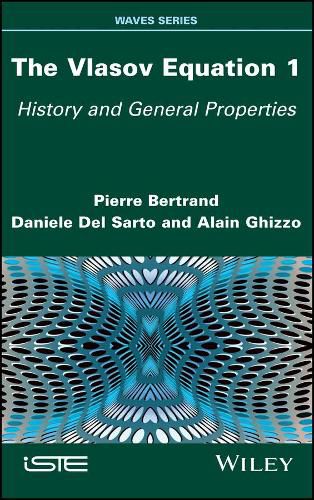Readings Newsletter
Become a Readings Member to make your shopping experience even easier.
Sign in or sign up for free!
You’re not far away from qualifying for FREE standard shipping within Australia
You’ve qualified for FREE standard shipping within Australia
The cart is loading…






The Vlasov equation is the master equation which provides a statistical description for the collective behavior of large numbers of charged particles in mutual, long-range interaction. In other words, a low collision (or Vlasov ) plasma. Plasma physics is itself a relatively young discipline, whose birth can be ascribed to the 1920s. The origin of the Vlasov model, however, is even more recent, dating back to the late 1940s. This young age is due to the rare occurrence of Vlasov plasma on Earth, despite the fact it characterizes most of the visible matter in the universe.
This book - addressed to students, young researchers and to whoever wants a good understanding of Vlasov plasmas - discusses this model with a pedagogical presentation, focusing on the general properties and historical development of the applications of the Vlasov equation. The milestone developments discussed in the first two chapters serve as an introduction to more recent works (characterization of wave propagation and nonlinear properties of the electrostatic limit).
$9.00 standard shipping within Australia
FREE standard shipping within Australia for orders over $100.00
Express & International shipping calculated at checkout
The Vlasov equation is the master equation which provides a statistical description for the collective behavior of large numbers of charged particles in mutual, long-range interaction. In other words, a low collision (or Vlasov ) plasma. Plasma physics is itself a relatively young discipline, whose birth can be ascribed to the 1920s. The origin of the Vlasov model, however, is even more recent, dating back to the late 1940s. This young age is due to the rare occurrence of Vlasov plasma on Earth, despite the fact it characterizes most of the visible matter in the universe.
This book - addressed to students, young researchers and to whoever wants a good understanding of Vlasov plasmas - discusses this model with a pedagogical presentation, focusing on the general properties and historical development of the applications of the Vlasov equation. The milestone developments discussed in the first two chapters serve as an introduction to more recent works (characterization of wave propagation and nonlinear properties of the electrostatic limit).